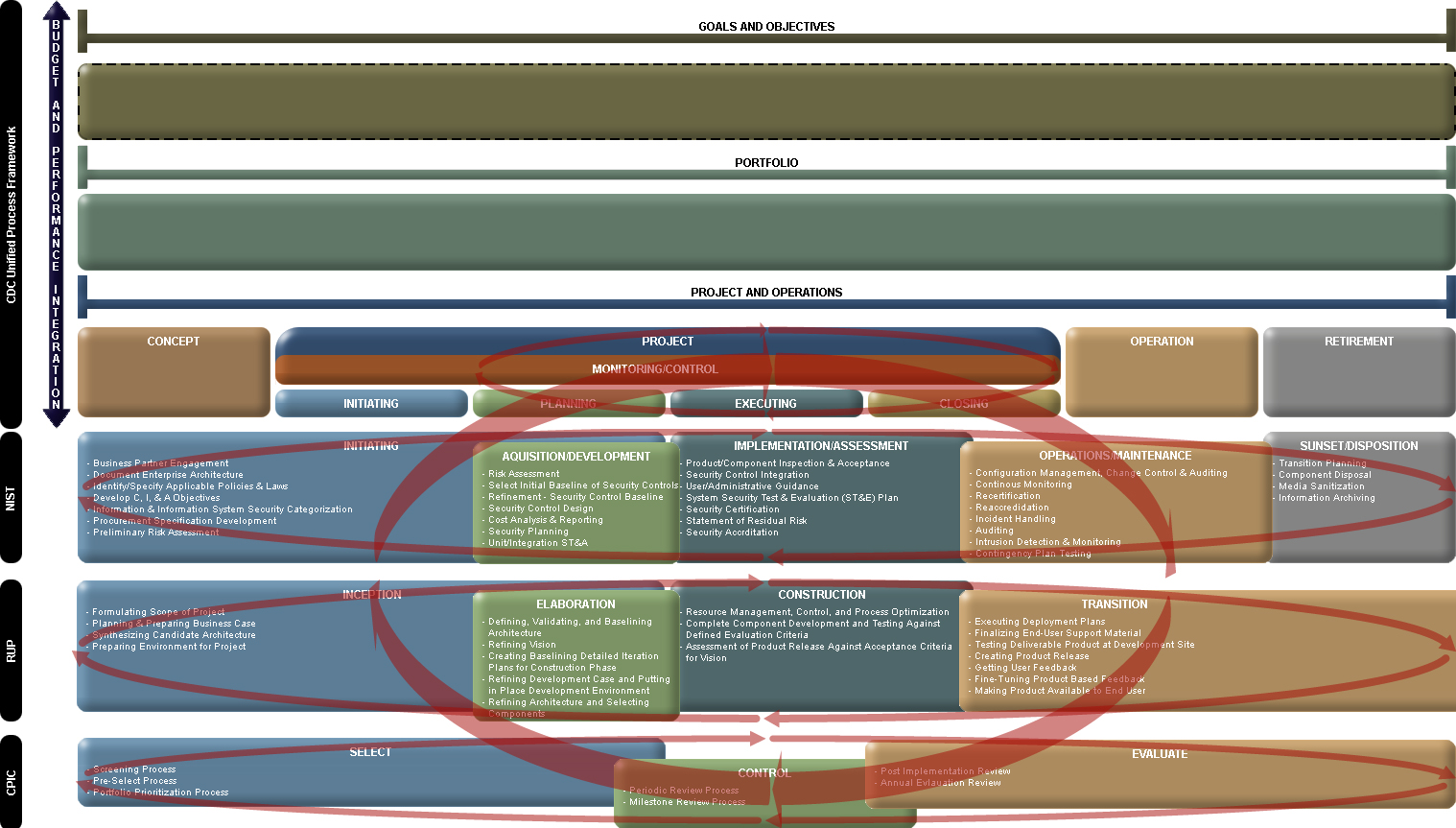|
Description of Iterative Development |
| Traditionally, projects have been organized to go through each discipline in sequence, once and only once. This leads to the waterfall life cycle. One of the core practices behind Rational Unified Process (RUP), and other iterative development methodologies, is an incremental, or iterative, development approach.
What is iterative development? A project using iterative development has a life cycle consisting of several iterations. An iteration incorporates a loosely sequential set of activities in business modeling, requirements, analysis and design, implementation, testing, and development, in various proportions depending on where in the development cycle the iteration is located. Iterations in the inception and elaboration phase focus on management, requirements, and design activities; iterations in the construction phase focus on design, implementation and testing; and iterations in the transition phase focus on testing and deployment. The way in which an iterative methodology is used varies appropriately to suit the needs of the project depending upon:
It is important to note that many of the proce4sses within project management are iterative because of the existence of, and necessity for, progressive elaboration in a project throughout the project's life cycle. That is, as a project management team learns more about a project, the team can then manage to a greater level of detail. |
Click here to download this image on one page
